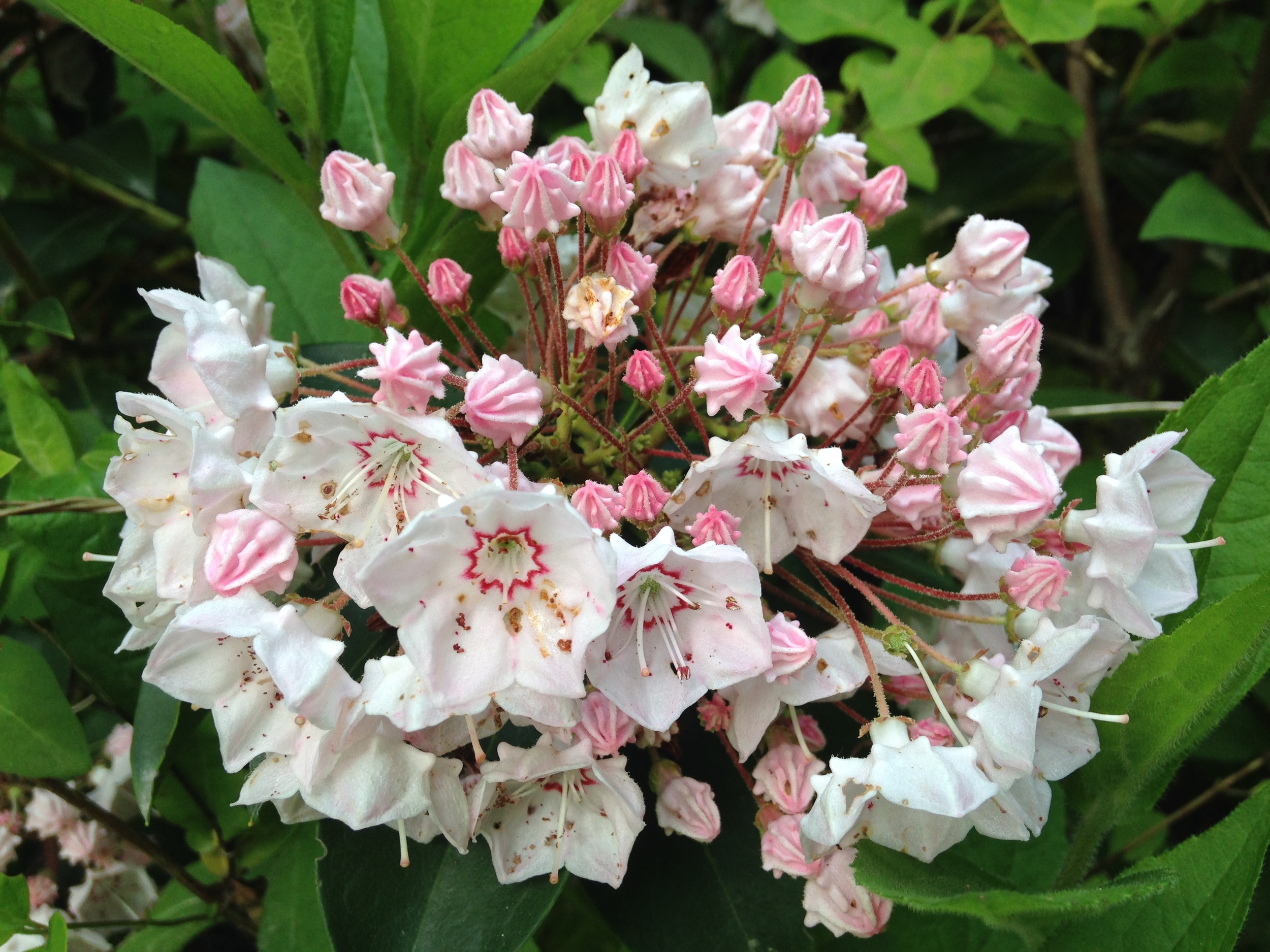Kalmia latifolia, commonly known as mountain laurel, is a stunning evergreen shrub renowned for its vibrant, bell-shaped flowers and glossy, dark green leaves. Native to eastern North America, this plant has captivated gardeners and nature enthusiasts alike with its beauty and resilience. In this comprehensive guide, we will delve into the characteristics, cultivation, and care of Kalmia latifolia, exploring why it is a prized addition to any landscape.

Size: Mountain laurel typically grows as a shrub, reaching heights of 3 to 10 feet (1 to 3 meters) and spreading 6 to 12 feet (2 to 4 meters).
Native Range: Mountain laurel is native to the eastern United States, from Maine to Georgia.
:max_bytes(150000):strip_icc()/mountain-laurel-plants-growing-tips-2131174-01-f17a96877b3d44a29c0c51152c12560d.jpg)
Timing: The best time to plant Kalmia latifolia is in the spring or fall.

Watering Needs: Mountain laurel prefers consistently moist soil, especially during dry periods. However, avoid overwatering, as this can lead to root rot.
Fertilizer: Mountain laurel benefits from a slow-release, acid-forming fertilizer applied in early spring.
Pruning: Mountain laurel generally does not require much pruning. However, you can remove dead or damaged branches in late winter or early spring.
Propagation Methods: Mountain laurel can be propagated by seed, cuttings, or layering.
Pests: Common pests include aphids, scale insects, and lace bugs.
Toxicity: All parts of Kalmia latifolia are poisonous if ingested.
Foundation Plantings: Mountain laurel makes an excellent foundation planting, providing year-round interest.
Kalmia latifolia, with its exquisite flowers and lush foliage, is a valuable addition to any landscape. By understanding its cultural requirements and taking appropriate care, you can enjoy the beauty of this magnificent shrub for many years to come. Whether you’re a seasoned gardener or a beginner, mountain laurel is a rewarding plant to grow.
Q: How often should I water my mountain laurel?
A: Water your mountain laurel deeply and regularly, especially during dry periods. However, avoid overwatering, as this can lead to root rot.
Q: Can I grow mountain laurel in a container?
A: Yes, you can grow mountain laurel in a container, but it will require more frequent watering and fertilization. Choose a container with drainage holes and use a high-quality potting mix specifically designed for acid-loving plants.
Q: Is mountain laurel deer-resistant?
A: While deer may nibble on young mountain laurel plants, mature shrubs are generally deer-resistant.
Q: Can I prune my mountain laurel to shape it?
A: Yes, you can lightly prune your mountain laurel to shape it after flowering. Avoid heavy pruning, as this can damage the plant.
Q: How long does it take for mountain laurel to bloom?
A: Mountain laurel typically begins to bloom in late spring or early summer, depending on the climate. Young plants may take a few years to establish before flowering.





:max_bytes(150000):strip_icc()/star-of-bethlehem-plant-profile-4774326-hero-943e35e2dc3049b1b2baa110d5fa0e71.jpg?w=200&resize=200,112&ssl=1)
